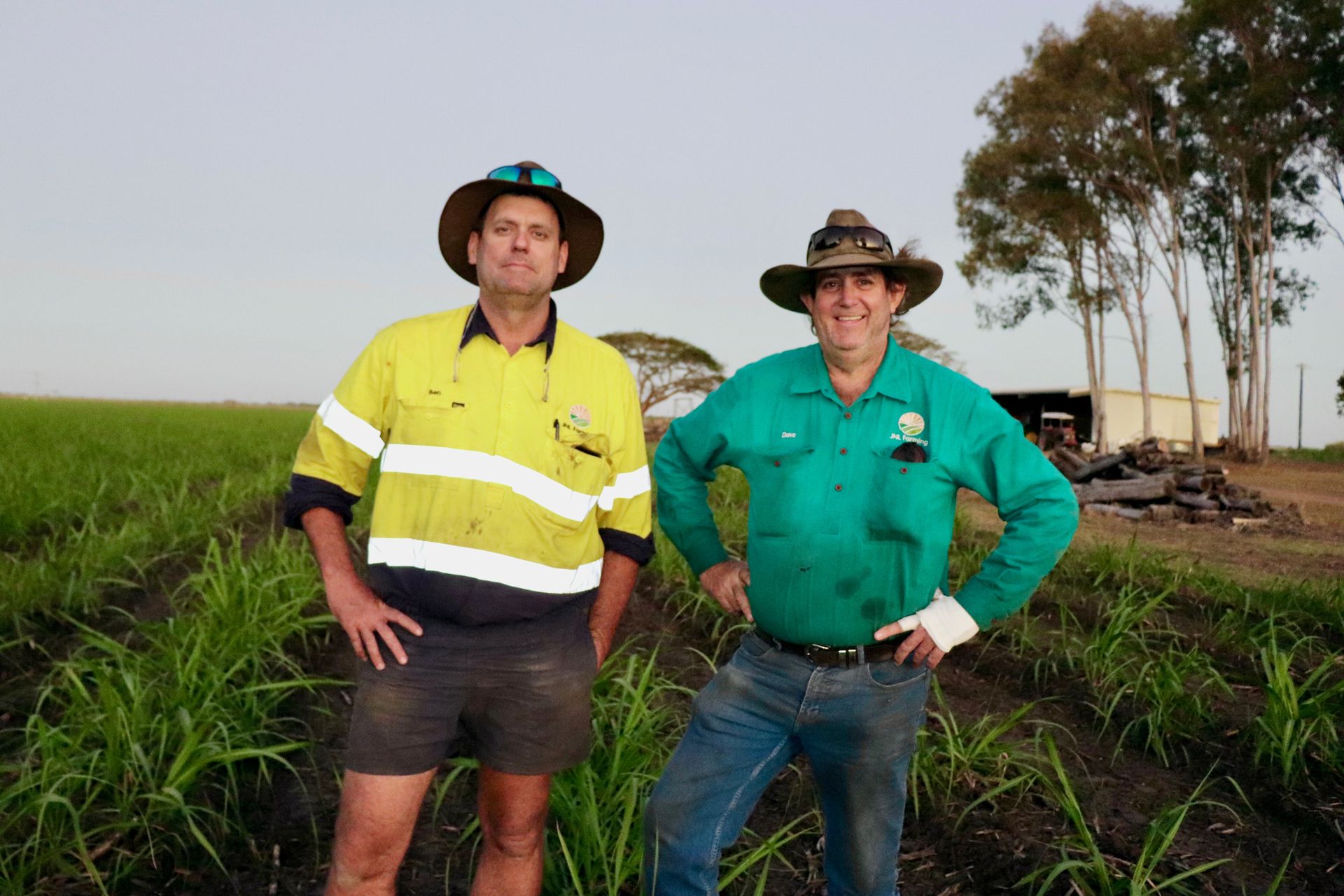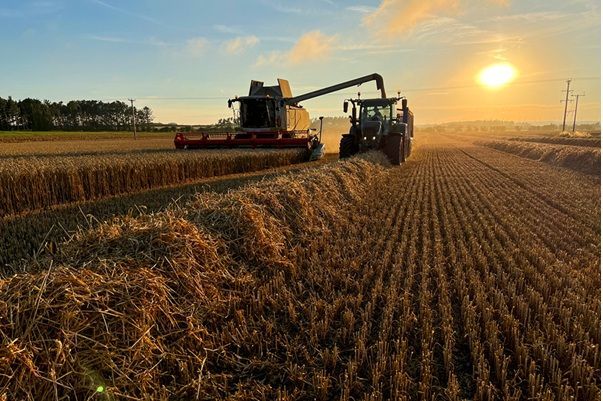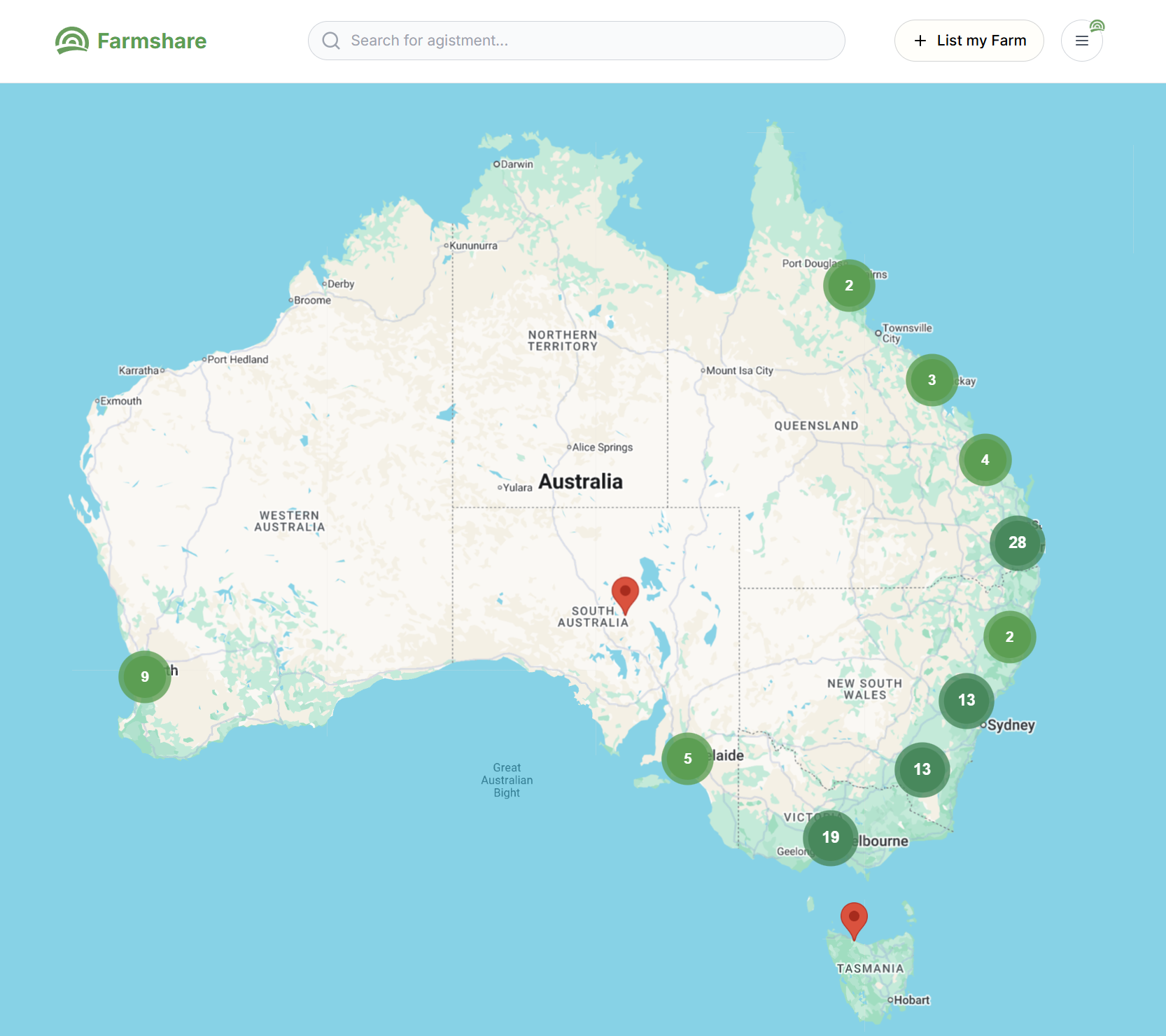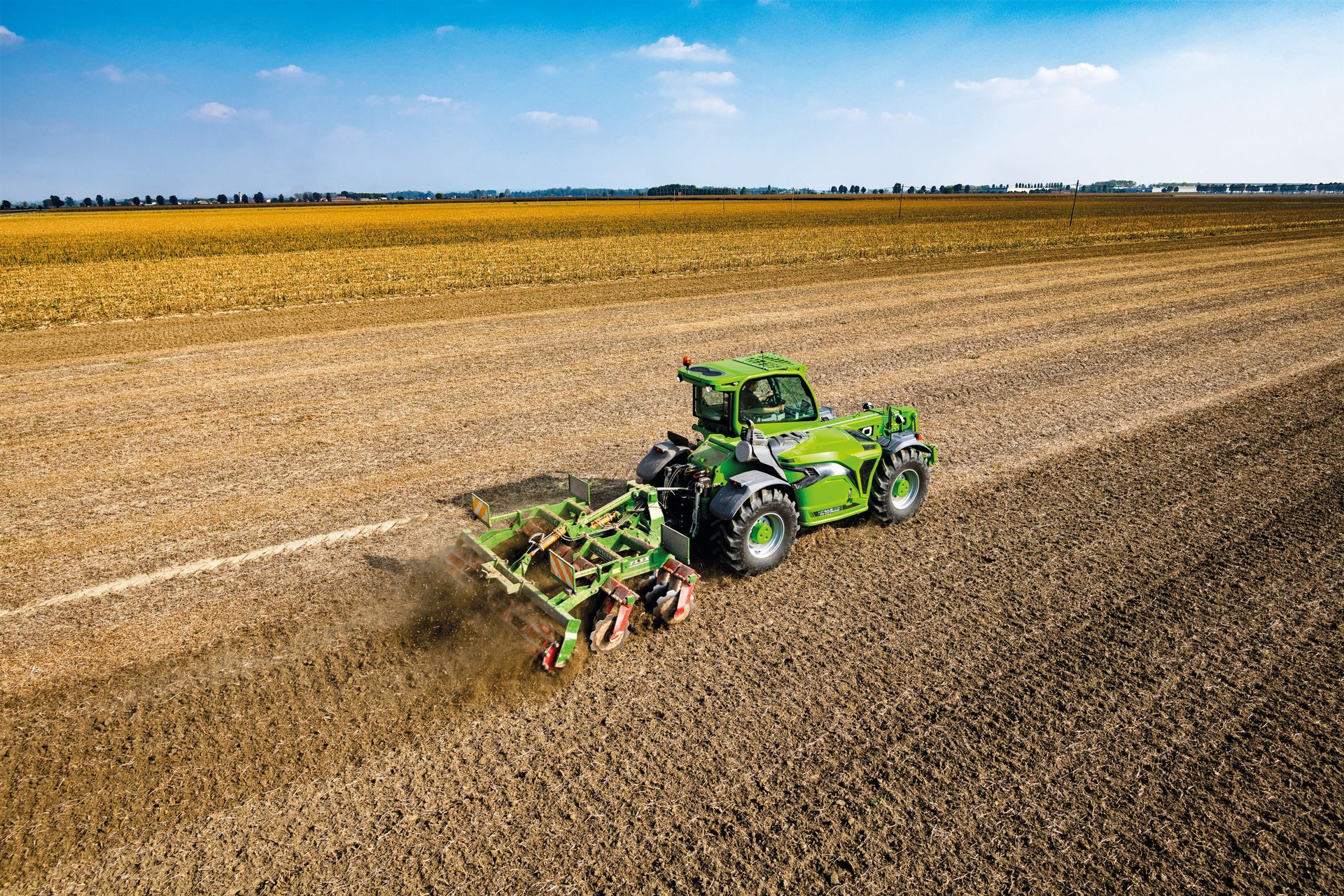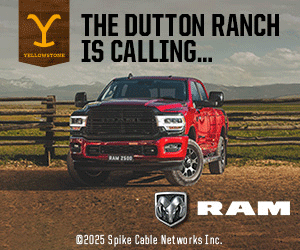1MG FlippingBooks
Regional students get head-start in virtual classrooms
Paul Brescia

While schools around the country rapidly work to deliver remote learning, and students adjust to a learning experience outside of the classroom, it is business as usual for Australia’s regional and rural students.
Clayfield College, a boarding school in South Brisbane, has many regional students who access their classroom materials remotely. As a result, it already had procedures in place to create virtual classrooms, facilitating discussion, and closely mimicking the in-class experience.
Covid-19 has forced prompted schools to take a hard-look at remote learning facilities. We spoke to Cathy Lamb, head of technology and E-Learning, Clayfield College, on how the school has moved to remote learning in the wake of the coronavirus pandemic.
“For children who live out west, remote learning is nothing new to them,” she says.
Lamb notes that at Clayfield College, which already has a focus on STEM education for its young girls, “The girls are not daunted by the technology. In the 21st century, these are tools that they will use for the rest of their lives.
“There were some classes already using the tools – but now we are rolling it out to all staff. We have to be able to deliver curriculum remotely, communicate with students, and enable a classroom environment.
Clayfield uses the Microsoft Teams software suite, specifically, Teams for Education. It allows the teachers to compartmentalise their work with students. There is an area for communication, which emulates the classroom discussions that would be held, along with a separate area for files, in which the teachers provide the written materials.
OneNote operates as the classroom’s chalkboard, where a teacher can provide visual explanations of the content, using a touch screens on laptops or tablets.
Between the separate areas, the classroom functions as it would in a physical location, with students interacting under guidance from teachers, and working together simultaneously.
Lamb has spent the past week training all the teachers within the College, to be prepared when the Brisbane school term resumes after the Easter break. Making it easier for teachers to grasp is essential when working on such tight timelines.
“They understand the programs better when they have been broken up into those areas that mimic the real classroom. We can also have those conversations in real-time in a safe, encrypted environment for the students,” says Lamb.
Some schools have invested in Virtual Learning Environments, or VLEs. Programs such as Firefly and Noodles allow for a learning experience that is digital-first. Unlike Microsoft Teams for Education however, they are not free for registered educational institutions.
It is hard to fundamentally change your delivery model, particularly when that changed is forced by a once-in-a-hundred-years pandemic. Even in a post-coronavirus world, the changes made to delivering education will live on beyond the virus.
NEWS
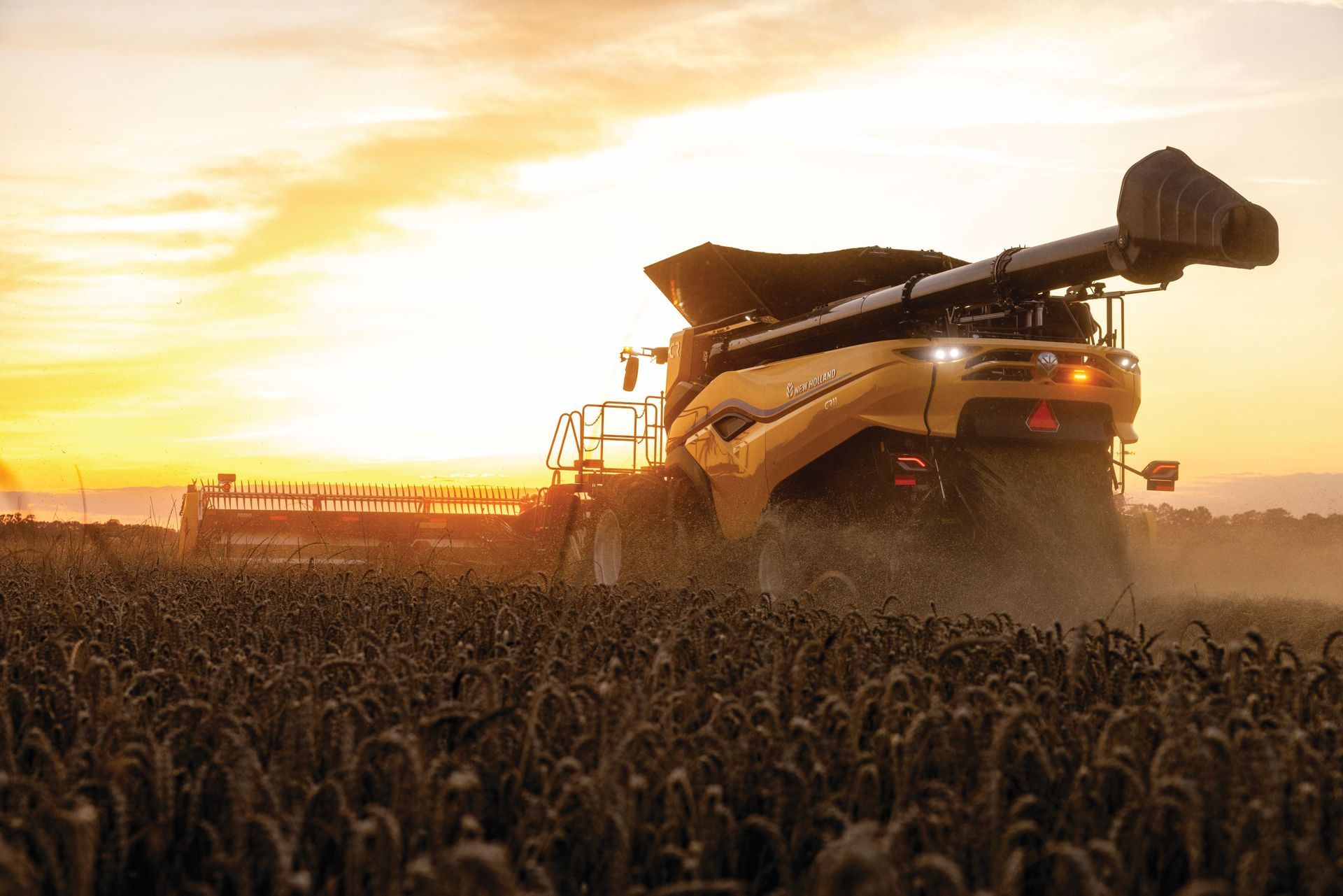
2025 marks 50 years since TR70 model launched in 1975. Since this time, New Holland has led industry innovation in combine technology with: The first self-leveling cleaning system on a rotary combine in 2002 Breaking the 8-hour wheat harvest world record in 2014 The latest CR10 and CR11 twin rotor combines entering production in 2025


